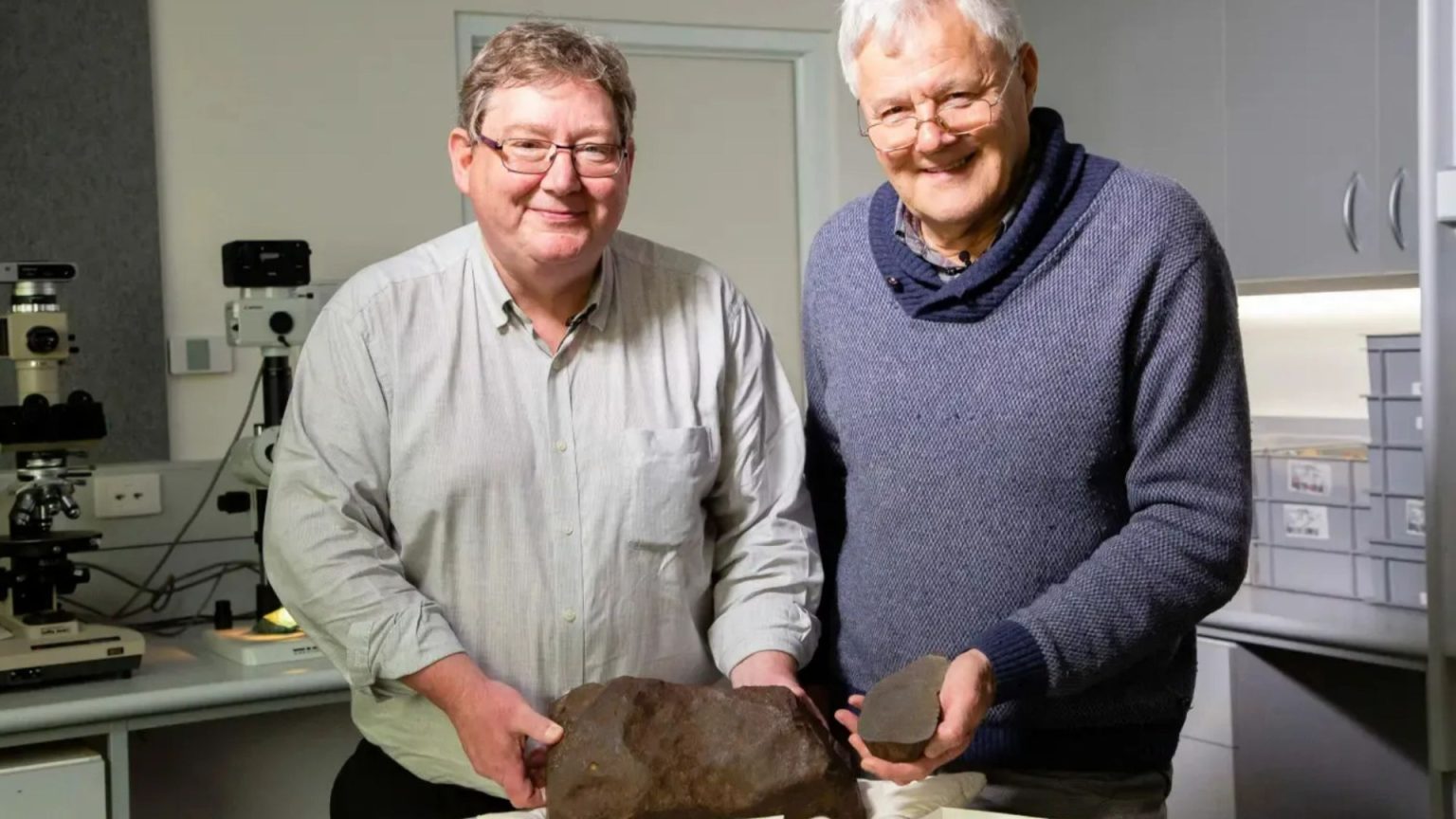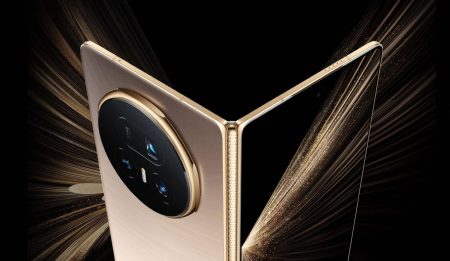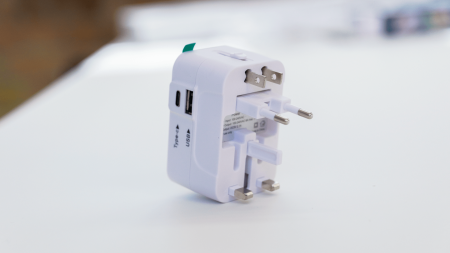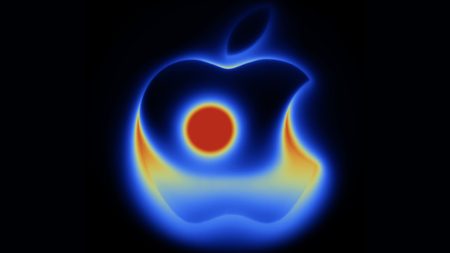Treasure hunter David Hole initially believed he had found a gold nugget when he discovered a 17kg rock in 2015 while scouring for gold near Melbourne. His hopes of finding gold inside were dashed when his attempts to crack open the rock using various tools failed. It wasn’t until four years later when experts at the Melbourne Museum determined that the rock was actually a rare 4.6 billion-year-old meteorite. The experts classified it as an H5 ordinary chondrite meteorite, which contains metal droplets that formed in the early solar system. This exceptional find was only the 17th meteorite discovered in Victoria, adding to the excitement and rarity of the discovery.
The meteorite, which contained silicates, iron, nickel, magnesium, carbon, and crystallized water, was believed to have originated from the asteroid belt between Mars and Jupiter. Scientists estimate its time on Earth to be between 100 and 1,000 years through carbon dating analysis. Despite not finding any gold inside as initially hoped, David Hole was thrilled about the rarity and significance of his find. He described it as a once-in-a-lifetime discovery, with a trillion-to-one chance of coming across such a unique piece from outer space. The discovery of this meteorite gave insights into the early history of the solar system, providing valuable information to researchers and scientists.
Meanwhile, scientists have made an intriguing discovery on the asteroid 16 Psyche using the James Webb Space Telescope. They have identified traces of water on the asteroid’s surface, specifically in the form of rust. Spectra from the infrared region revealed the presence of the hydroxyl unit, indicating the existence of small amounts of water on Psyche. Analysis suggests that the hydroxyl units are bound to metal on the asteroid’s surface, causing it to exhibit rusting characteristics. This exciting finding has led to the launch of the Nasa Psyche mission in 2023, with the spacecraft expected to reach the asteroid by 2029 for an in-depth study of its composition.
The Nasa Psyche mission aims to provide essential insights into the formation of the solar system’s planets by studying the unique rock-metal composition of the asteroid Psyche. With metal estimated to make up 30% to 60% of its volume, Psyche is considered a potential “goldmine” in space due to the rare metal components present on its surface. The asteroid’s estimated value of over $100,000 quadrillion based on its metal content alone has garnered significant interest and excitement among researchers. This mission offers an unprecedented opportunity to unlock crucial clues about the early history and evolution of our solar system, shedding light on the mysteries of space exploration and celestial bodies such as asteroid Psyche.











